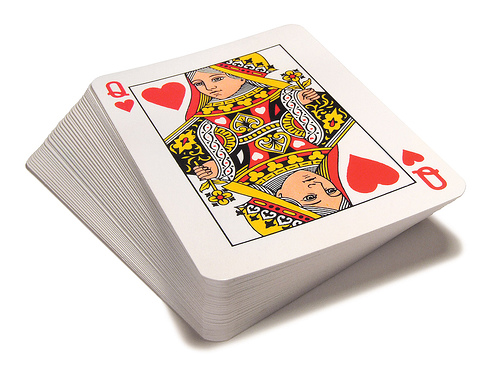
A singular product of vitreous lavas is called in Hawaii ‘Pélé’s Hair.’ This silky, filamentous substance is described by Miss Gordon Cummings, in her latest book of travels, as ‘of a nigh olive-green or yellowish-brown color, and glossy, like the byssus of certain shells, but very brittle to handle.’ It is said to be produced by the wind catching the fiery spray thrown up from the crater, but the extreme fineness of its texture seems rather to suggest the action of escaping vapors within the lava itself. This view is strengthened by the circumstance that a perfect counterfeit is fabricated at ironworks by passing jets of steam through molten slag, when a material resembling vitreous cotton-wool, admirably adapted for packing fragile articles, results. The chief seat of its natural production is the great Hawaiian crater of Kilauea (personified as the fire-goddess Pélé), and it is found well adapted for nest-building by some inventive Hawaiian birds.
— Edinburgh Review, quoted in Bizarre Notes & Queries, May 1886




